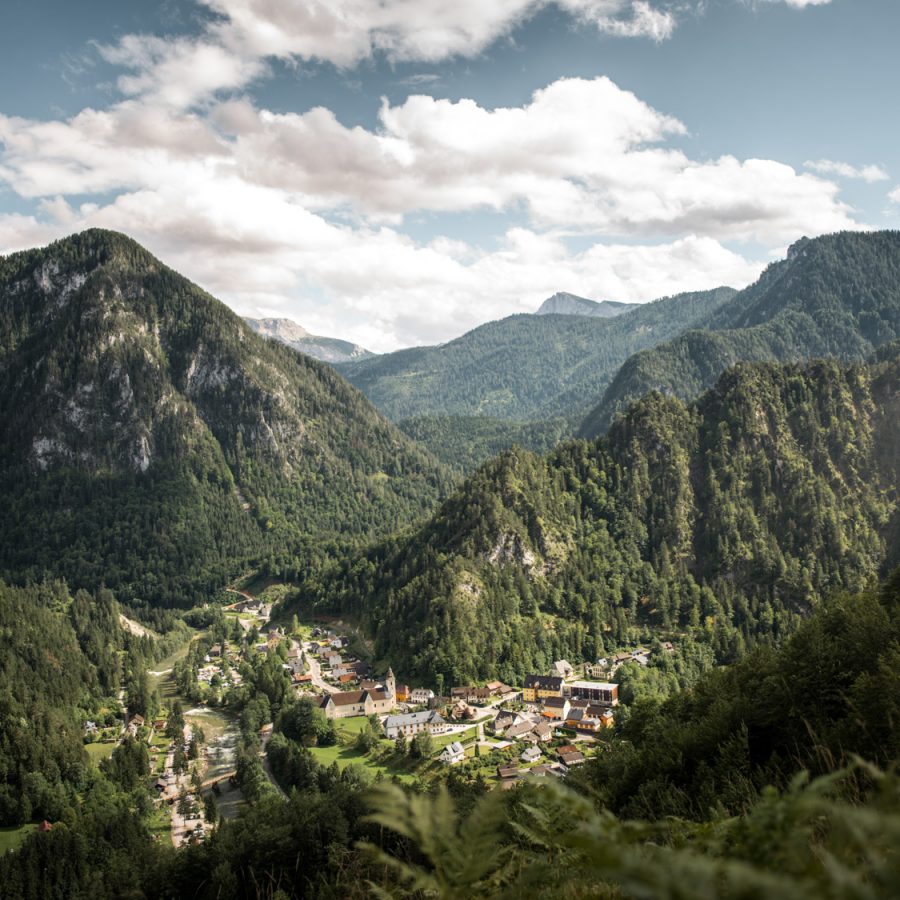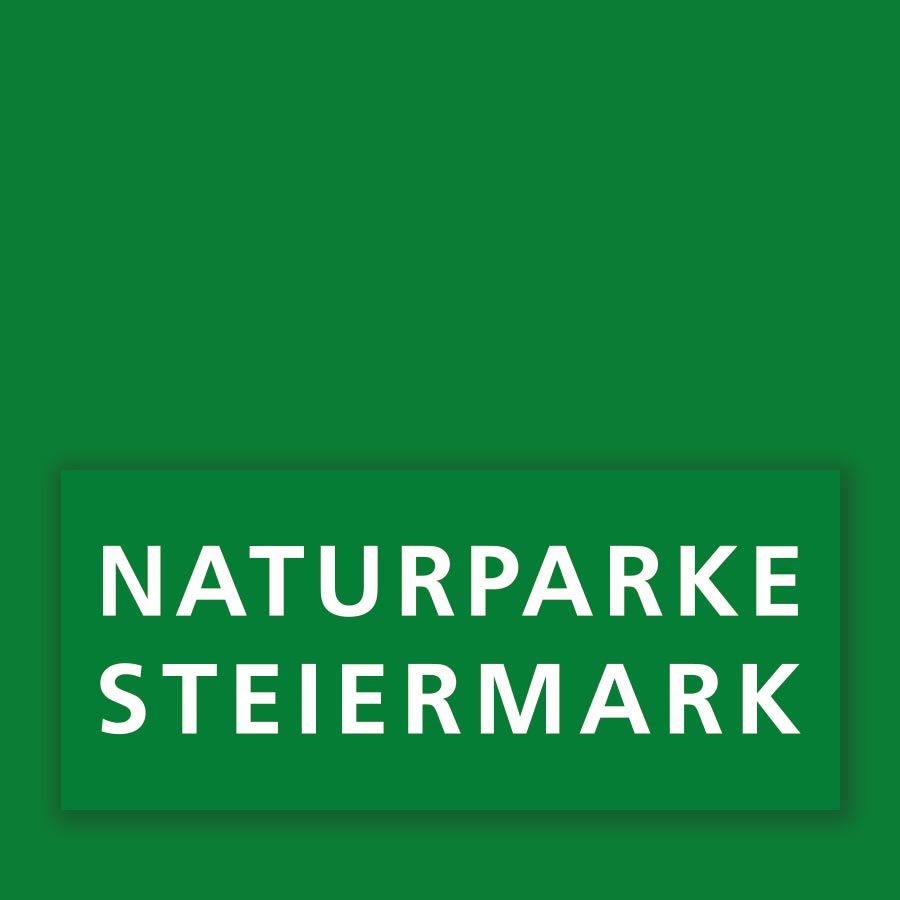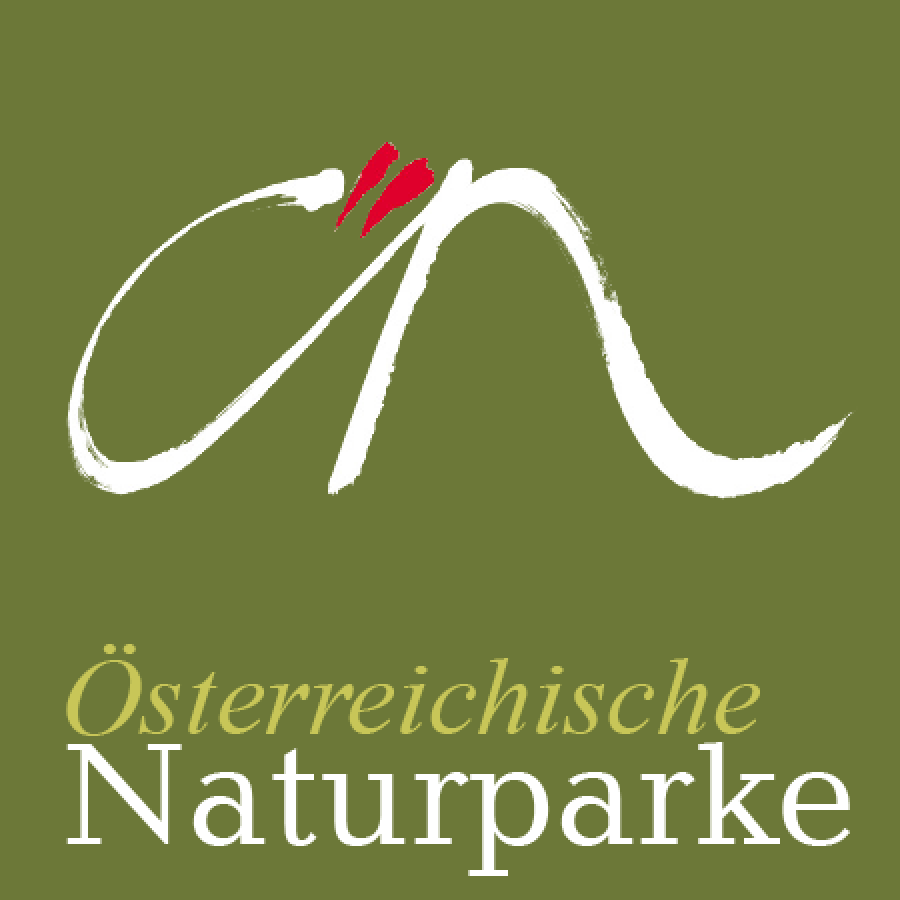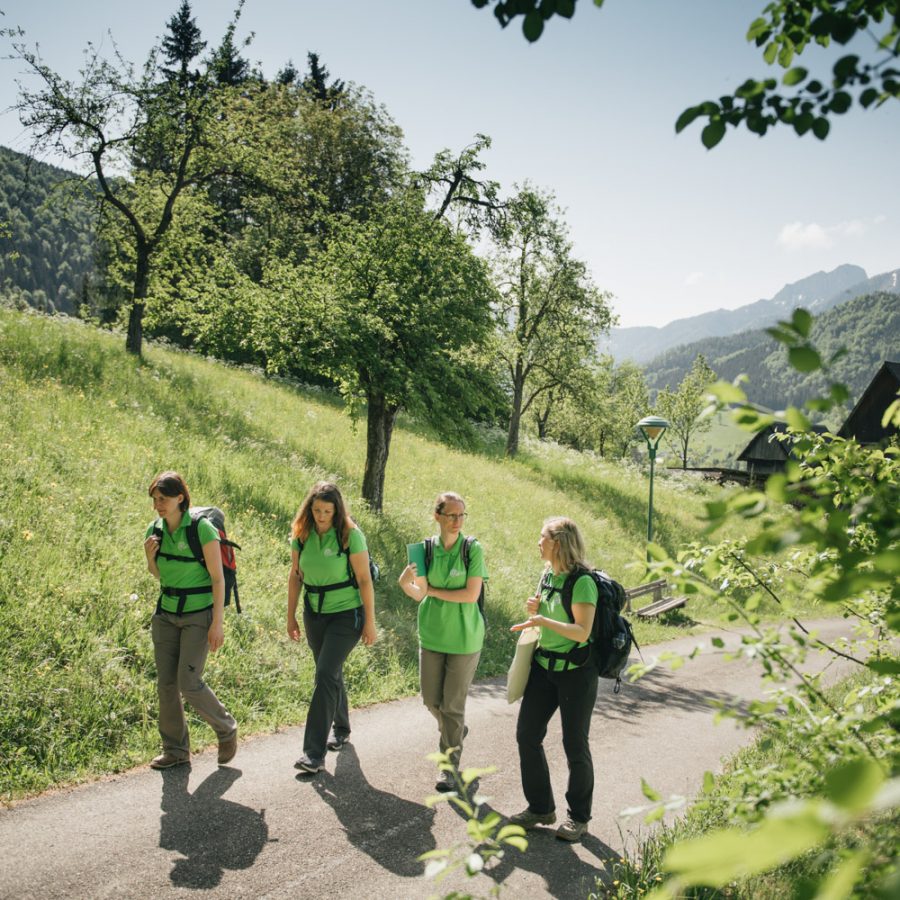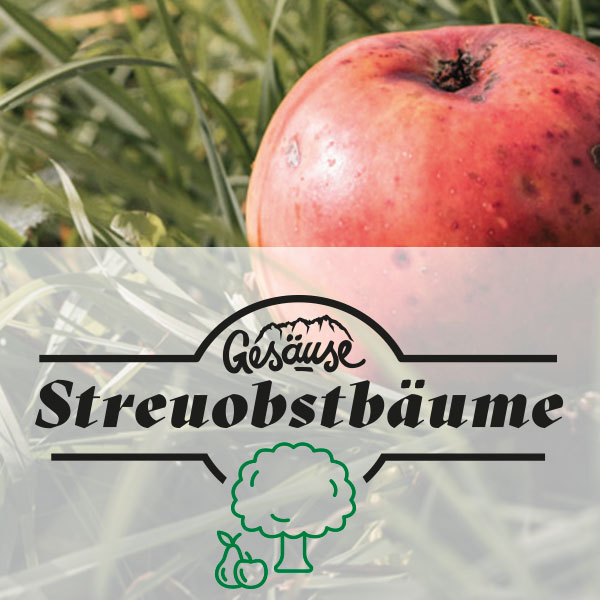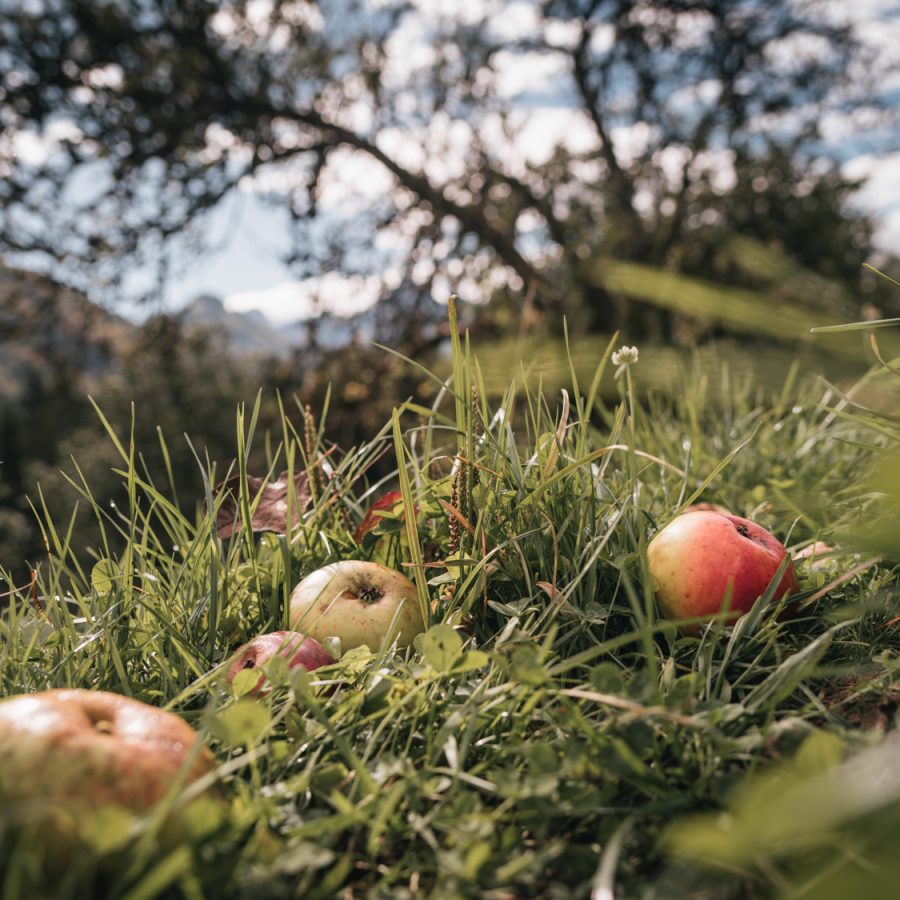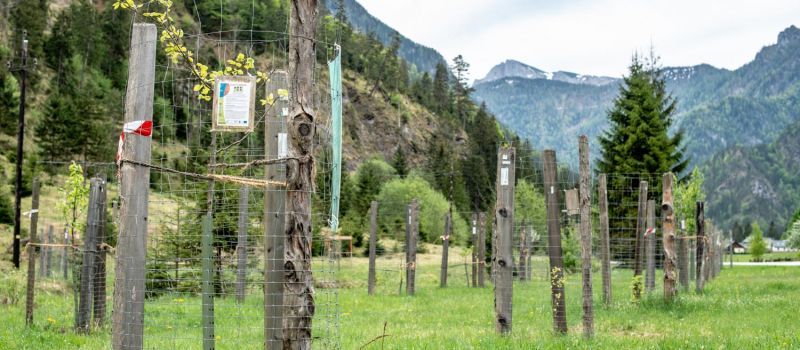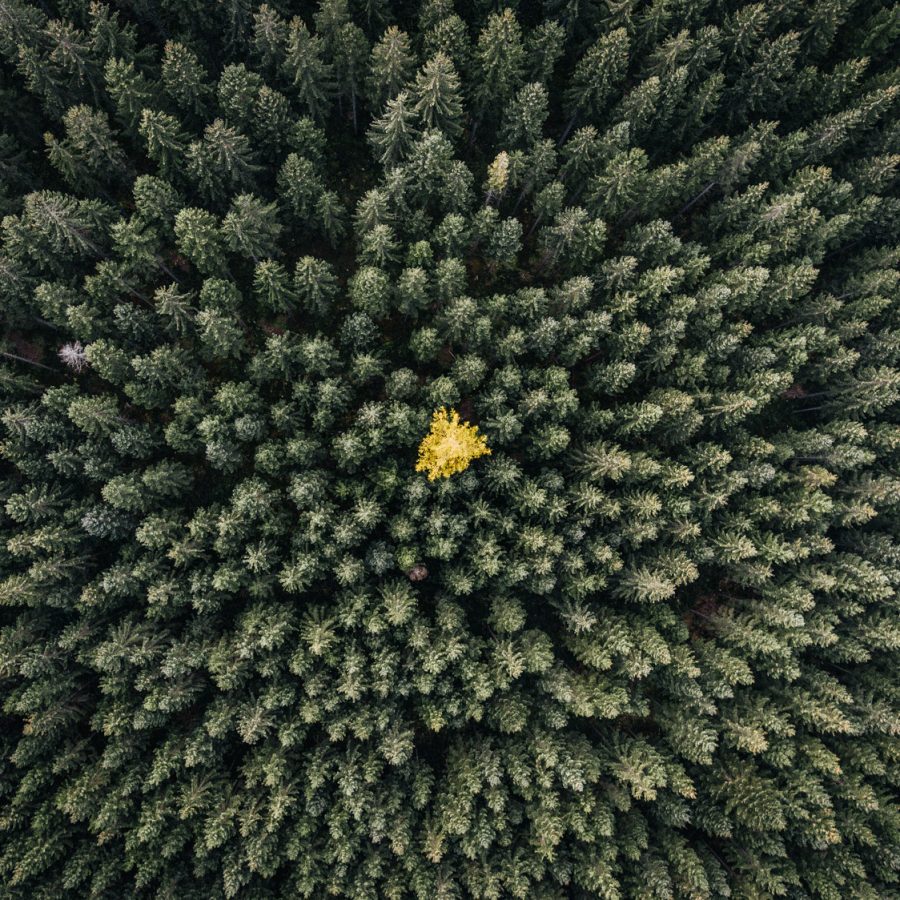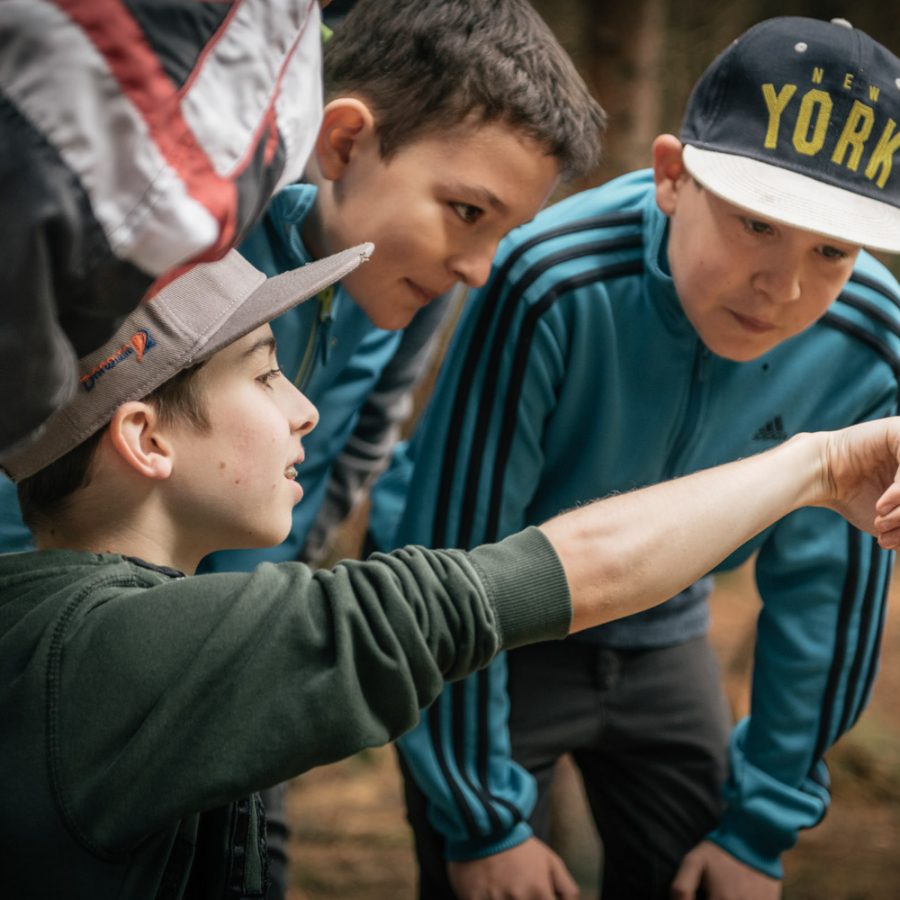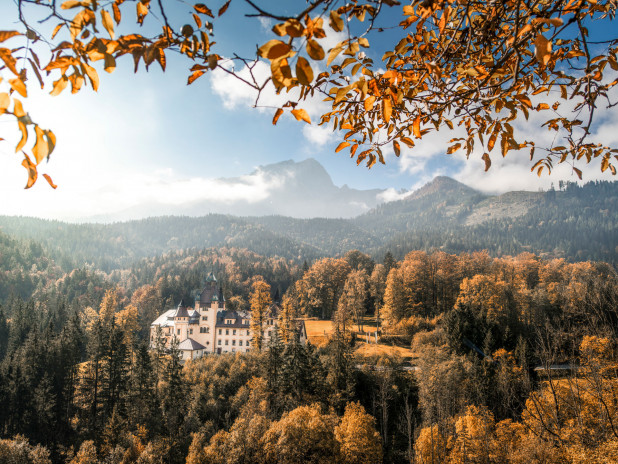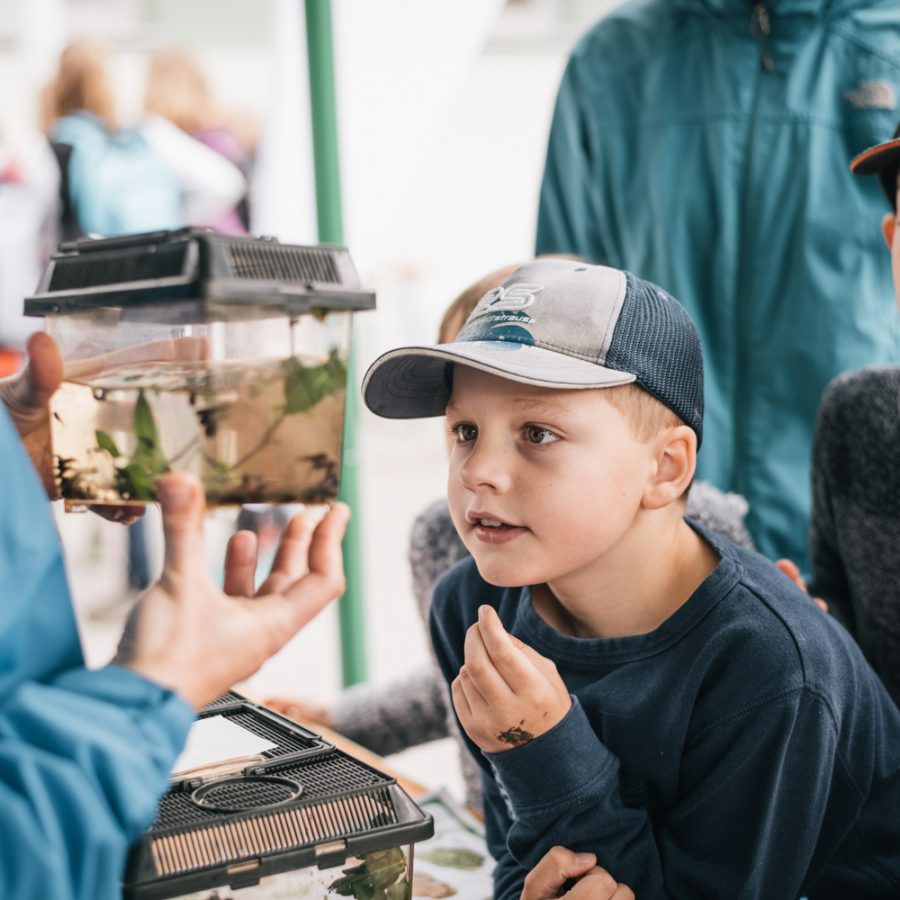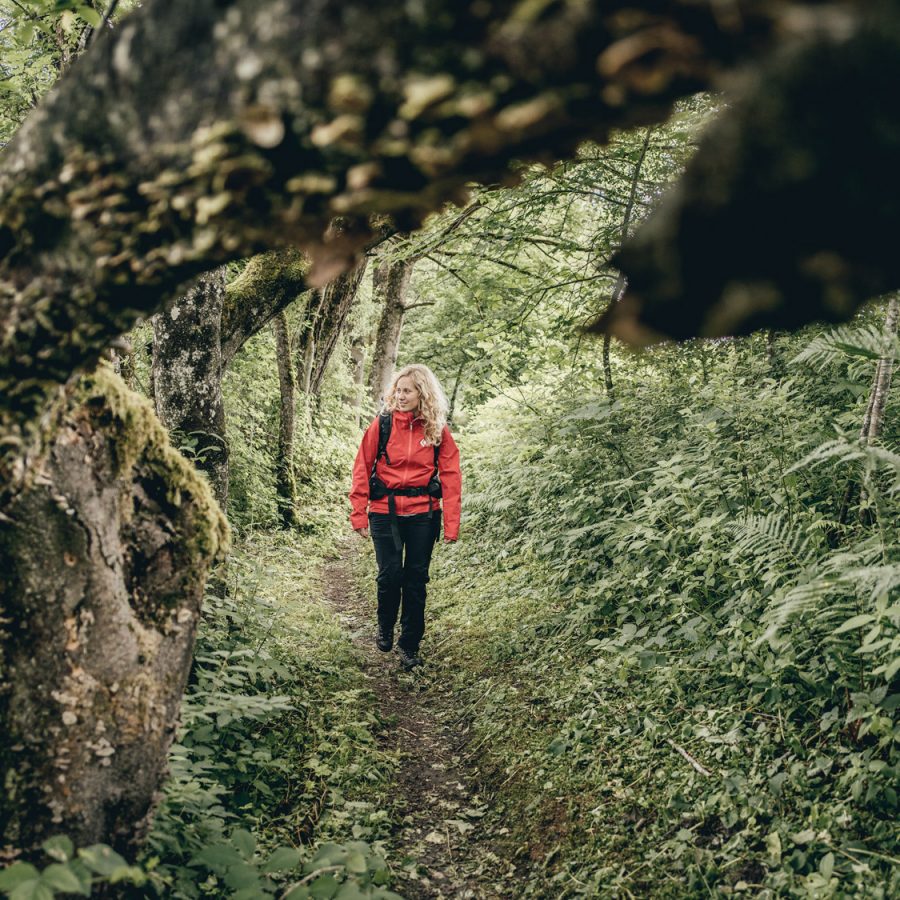Nature Park
Styrian Eisenwurzen
Feel the depth and rediscover landscapes
Get some rest on the blossoming meadow orchards and enjoy the diversity life has to offer. This will allow you to get a better understanding of our tradition-steeped history revolving around water, wood and iron. The Styrian Eisenwurzen Nature Park is marked by its beautiful forests, romantic river valleys and idyllic farms. While the Nature Park’s communities, sites, resting places, clearings, meadows and summits share these traits, each one of them is unique and has its own characteristic features.
However, due to the fusion of the 7 former Styrian municipalities, there are 4 communities inside the park today: Altenmarkt bei St. Gallen, Landl, St. Gallen and Wildalpen. For further information on the Palfau and Gams municipalities, please go to “Landl“. For information on Weißenbach an der Enns, please go to “St. Gallen”.
The Styrian Eisenwurzen Nature Park is made up of four municipalities:
Discover scenic landscapes teeming with life
Styria encompasses seven Nature Parks:
- Almenland,
- Mürzer Oberland,
- Pöllauer valley,
- Styrian Eisenwurzen,
- the Sölk valleys,
- South Styria and
- the Zirbitzkogel vineyards.
These regions represent characteristic cultural landscapes of ecologic value such as diverse vineyards, alpine pastures, wooded pond and river areas or meadow orchard hills. They have committed themselves to the conscious coexistence of man and nature.
They have been placed under special protection and awarded the title of “Nature Park” by the government of the State of Styria.
For further information, please go to Styrian Nature Parks.
Experience nature – understand nature
The Austrian Nature Parks are aware of their opportunities and want to seize them in full by intensifying cooperation in a joint umbrella organisation. Therefore, the existing Nature Parks merged to form the Association of Austrian Nature Parks (VNÖ) in autumn 1995. The aim of the association is the improvement of the Nature Parks’ qualities and the implementation of joint marketing projects.
Austrian Nature Parks share the following main traits:
- The “Nature Park” title is only granted if all communities involved approve
- All Nature Parks are freely accessible and open to the public
- They represent protected areas: landscape regulations and, in some parts, even nature protection regulations apply
- Special natural environment: great diversity of species and forms
- Volunteers: individuals, initiatives and associations get involved on a voluntary basis
- Depending on their history, Austrian Nature Parks differ in size ranging from 20 to 70,000 hectares, but also in human and financial resources.
- Currently, there are 48 Nature Parks in Austria.
For further information, please visit our website and go to Association of Austrian Nature Parks.
Get ready for relaxation, culture, knowledge and sports
In addition to the UNESCO Global Geopark itself and our numerous Nature Park gems, the region has a variety of highlights to offer. These activities revolve around relaxation, culture, knowledge and sports.
No matter if you prefer hiking, mountaineering, going on a white-water adventure or discovering local cultural gems
Recharge your batteries in the Gesäuse Mountains
A trip to the Gesäuse Mountains is not about crossing things off a to-do list prepared for you: Instead, it offers a wide range of options to regain strength for mind, body, mind, soul and emotion – strength that often appears to be lost when you get caught up in the hustle and bustle.
Where available?
An apple a day keeps the doctor away!
Sometimes it is very difficult to figure out from where groceries are coming from. But in our case it is different. Plant your own apple or pear tree and ensure for yourself a high variety and quality of fruits in your garden.
Fruit tree? Regional fruit trees from the Nature and Geopark region are aware of the climate and cultural landscape. Old orchard trees are within the Naturepark for decades. If you plant a high variety of fruit trees you ensure yourself apple and pears all year round, vitamins, fruits for various processing such as jams, juice, schnapps, cider or apple crisps. And on the plus side you will have a long time friend which stands in your garden all day, bad or good weather, flowers in spring, shadow in the summer, fruits in autumn. And finally it is very good for the biodiversity of your garden. It is home to different insects and birds. Various flowers and plants can be found on an orchard meadow as well.
So, do not wait – get one of our fabulous orchard trees.
Our fruit salad
Our sizes
Attention! All our trees are getting big with a certain cultivation. The only thing which is different are the crowns. It depends on the rootstock if the crown starts on a lower or higher level.
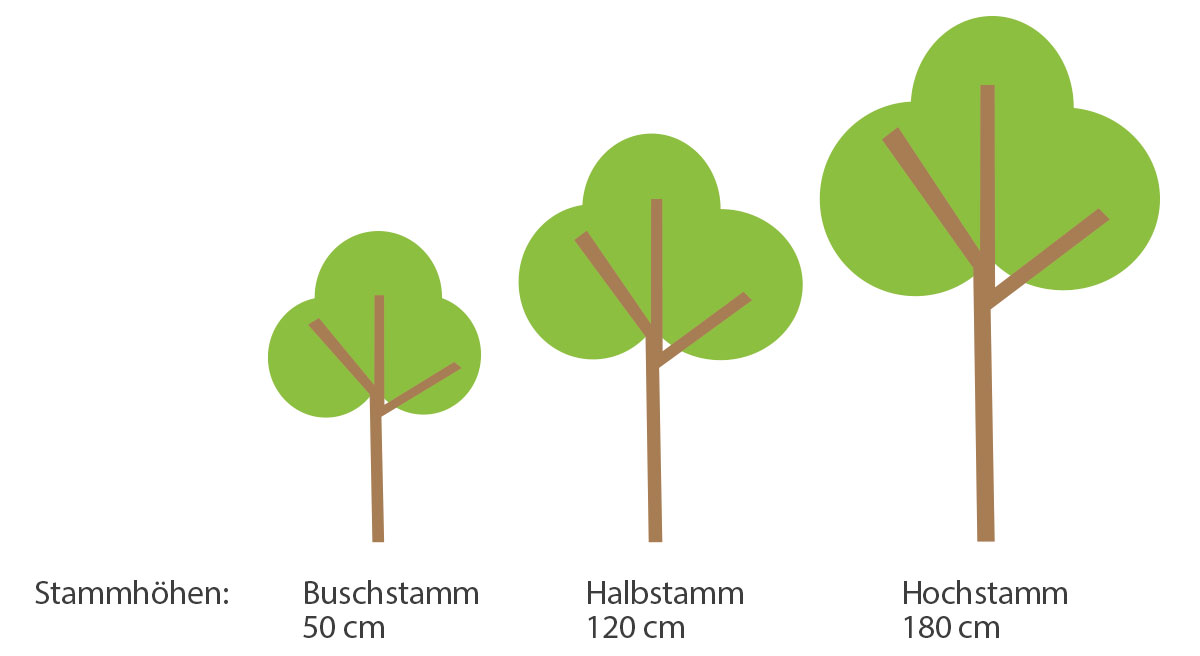
Domestic apple cultivars growing in the Nature Park
The following list provides an overview of the current stock of domestic apple varieties. Standard, half-standard and bush fruit trees are listed separately. All trees are grafted onto seedlings. In this case, the terms standard, half-standard and bush only refer to the current growth and height of trees grafted 2 years ago giving information on the future height of the crown.
Domestic pear cultivars growing in the Nature Park
The following list provides an overview of the current stock of domestic pear varieties. Standard, half-standard and bush fruit trees are listed separately. Please go to “Open PDF” to get information on the respective characteristics. “Ripe to eat” and “ripe to pick”- months indicated in Roman numerals (a= start, m = middle, e = end). As we are currently filling up and completing the database, some descriptions are incomplete or might be missing entirely. All trees are grafted onto seedlings. In this case, the terms standard, half-standard and bush only refer to the current growth and height of trees grafted 2 years ago giving information on the future height of the crown.
Special habitats, unique creations of nature and cultural heritage
Styrian Eisenwurzen’s natural gems are the region’s most outstanding spots and treasures. Before anything else, it is their uniqueness and scenic beauty that makes them so special. You can easily find some of them in our UNESCO Global Geopark, while some hidden gems will only reveal themselves to you as you take an expanded walk or take a minute to linger and explore the nature.
NMS Weißenbach/Enns, VS St. Gallen and VS Altenmarkt bei St. Gallen
The Association of Austrian Nature Parks has been awarding the title of “Austrian Nature Park School” to the schools located in Nature Parks since 2007. The Nature Park Schools share the goal of imparting knowledge and awareness to students in a way that is adapted to the needs of different age groups. Their fields of activities include quality assessment in the conservation of nature and cultural landscapes; raising awareness; promoting circular economy based on the “From the region – for the region” principle; clean energies; experiential learning and nature education. In the Styrian Eisenwurzen Nature Park, this title is currently held by the elementary schools of Altenmarkt and St. Gallen as well as the Weißenbach/Enns secondary school which has led to close cooperation between these schools and the Nature and Geopark. Including topics related to environmental protection and the ideas of the Nature Park into the curriculum helps raise nature awareness among students.
For further information on the Nature Park Schools, please go to
Unravelling the mysteries of nature
The Styrian Eisenwurzen Nature & Geopark team is happy to share its knowledge of the region’s nature and culture. We offer project days and field trips designed for school classes and students.
Our team is made up of competent nature and landscape trainers, herb and forest pedagogues, rafting and outdoor guides. It’s our job to make students familiar with the habitats of plants and animals in the forest, water and meadows in a playful way. However, we also offer action and fun activities like rafting.
Our program’s highlights include:
- The conquest of Gallenstein Castle
- Stepping into a geologist’s and speleologist’s shoes
- Rafting
- High ropes course
- Canyoning
Based on our approach to always protect for the environment, the following classes and the night hike take place at the site of the accommodation (no transfer needed): “Unravelling the mysteries of nature”, “Going herbal is fun” and “Stories told by river rocks”. The Nature and Geopark team is happy to give you some advice on how to arrange the different modules. You can also rely on us to take over the overall project organisation for you.





